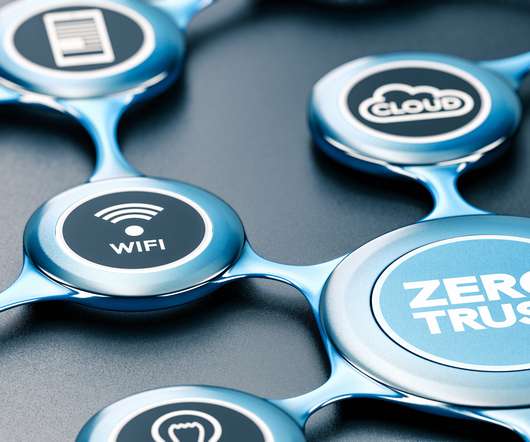Machine Learning Making Big Moves in Marketing
Rocket-Powered Data Science
JULY 30, 2018
Behavioral analytics (predictive and prescriptive). Agile analytics (DataOps). Journey Sciences (using graph and linked data modeling). Context-based customer engagement through IoT (knowing the knowable via ubiquitous sensors). Real-time sentiment analysis and response (social customer care).














Let's personalize your content